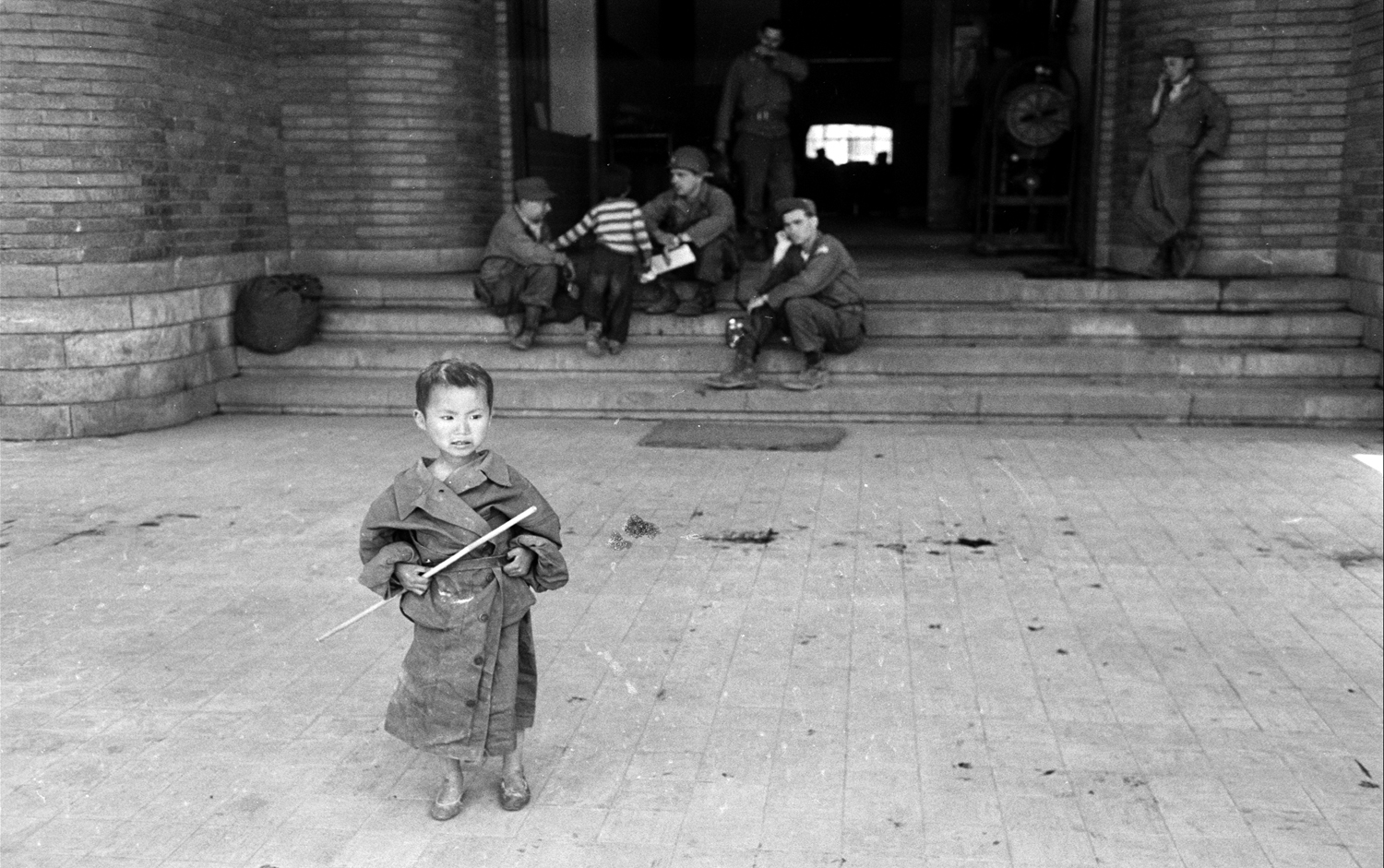
Of the countless stories that emerged from the Korean War, few carried the emotional punch of a piece that ran in LIFE magazine in July 1951. Written by, and featuring photos by, LIFE photographer Michael Rougier, the article—titled “The Little Boy Who Wouldn’t Smile”—brought home to millions of readers the devastation that the war was wreaking on the civilian populations of both North and South Korea. Split in two in the wake of the Second World War, Korea was a place that most Americans had given little thought to just a few years before—if they’d heard of it all.
The “little boy'” of Rougier’s now-famous article was Kang Koo Ri, an orphan rescued in the spring of ’51 by American GIs; the village where he was found had been largely destroyed in fighting between UN forces and China-backed communist troops from the North. Kang was in a house that, GIs later told Rougier, smelled so strongly of death and decay that they almost passed it by.
But one soldier went in to check for survivors, and found Kang—naked, hungry, terrified and silent, crouched against a wall. His mother’s decomposing body lay on a straw mat in the same room. The GIs took him from the house (“All the way back [to the regimental command post] he cried steadily, tears streaming from his eyes but no sound at all coming from his throat.”), provided him with medical attention, food and new clothes, and eventually placed the five-year-old in an orphanage filled with scores of other children whose parents or entire families had been killed, or had simply disappeared, amid the chaos of war.
Rougier goes on to relate how, eventually, after months of silence and a kind of stern, self-willed isolation from the rest of the orphans, Kang finally opened up—and it was like the sun coming out. (See slide 24 in the gallery above.) One of the older girls at the orphanage, who had become the boy’s constant companion, had tried to make Kang smile ever since he’d arrived. “The feeling grew among everyone at the orphanage,” Rougier wrote, “that getting Kang to smile was the most important job they had—it was as if his return to health and life were dependent on it.”
On Rougier’s last day there, the older girl, Hwan Shin Sung, “asked [Kang] what in all the world he would like to do most of all”:
Kang thought a while and then said that he would like to play with the machinery of the ‘jeepu’ [Jeep] and he asked if he could go for a ride in it. Hwan answered, “All right, you shall, but first smile because now you are happy.” And very suddenly Kang did smile for the first time, and everyone in the room was happy for him.
Rougier and his colleagues at Time Inc. did not forget Kang, or the other kids at the orphanage, after the photographer left to cover other stories. In various issues of FYI—a breezy, informal and reliably entertaining staff-produced newsletter that kept everyone at Time Inc. up to speed on company personnel and happenings—Rougier reported on the progress the orphans were making and, especially, the help they were receiving, at his constant urging, from his friends at LIFE:
You might be a helluva long way from war in a bar in New York [Rougier wrote to his colleagues back at the Time & Life Building], but these kids can’t remember anything but war. Few of them remember anything of their lives before their mothers, fathers, brothers and sisters were killed right in front of their eyes. Get the contacts [contact sheets] of my first take and look at them—and look at Kang—and then please, send off some stuff.
Hundreds of pounds of clothing, vitamins, books, sporting goods, medical supplies and more, sent by “Time Incers” and from LIFE readers all over the country, poured into Korea, destined for the orphanage.
Finally: LIFE followed up on Kang’s story in 1956, reporting that a woman in Los Angeles, Mrs. Cordelle Lefer, had adopted him. Haunted by Rougier’s famous picture of Kang in 1951, which leads off the gallery above, Mrs. Lefer told LIFE that she got down on her knees and prayed “and was told to adopt him.” So she did just that.
After that, it seems, Kang faded from the headlines for good (and, we like to think, with relief). But we can’t help wondering: What was his life like after he was adopted? Did he stay in California? Did he return to Korea? Go to college? Marry? Is he still alive?
Anyone with any information is welcome to share it in the comments below.
Liz Ronk, who edited this gallery, is the Photo Editor for LIFE.com. Follow her on Twitter @lizabethronk.
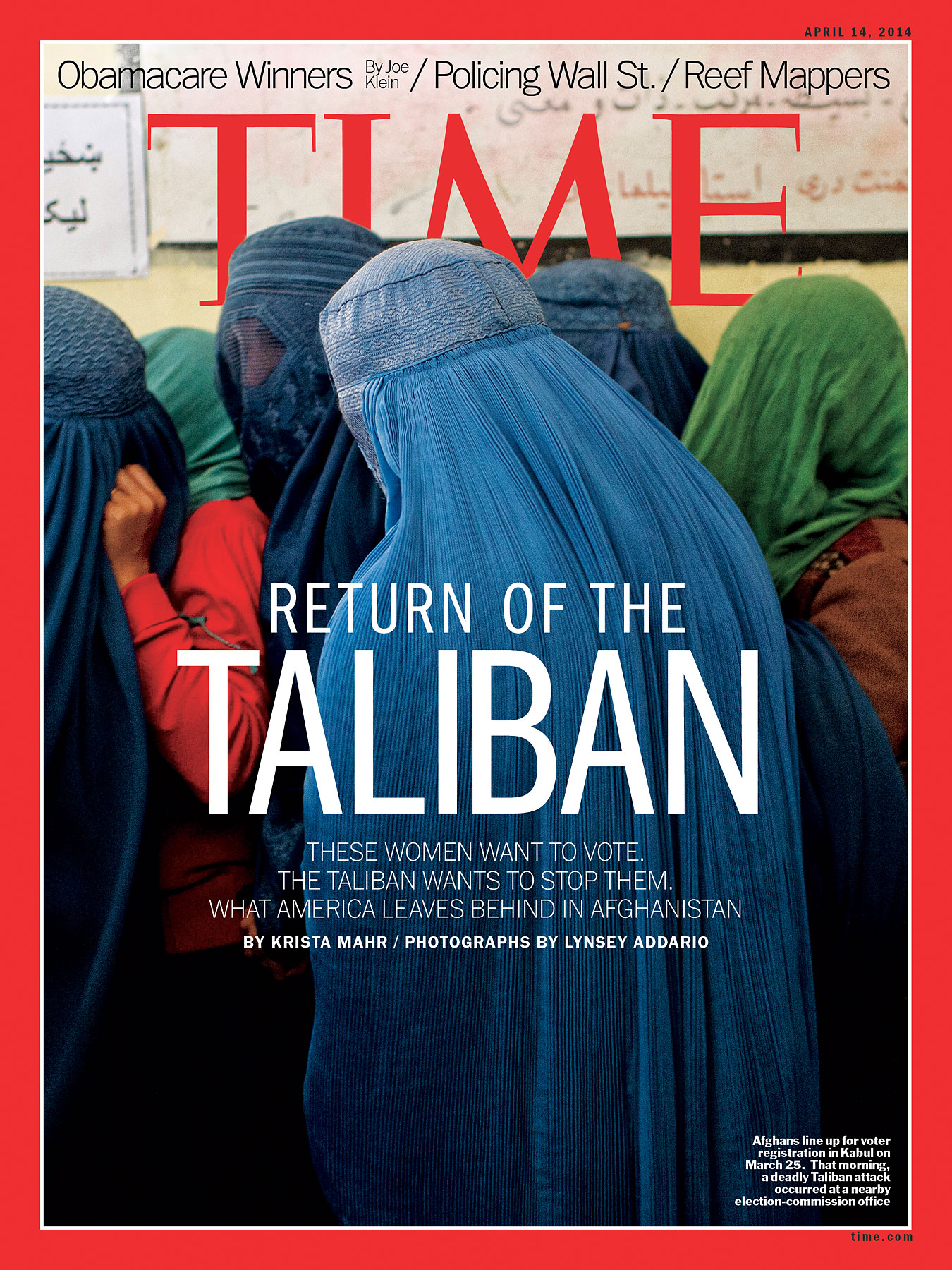
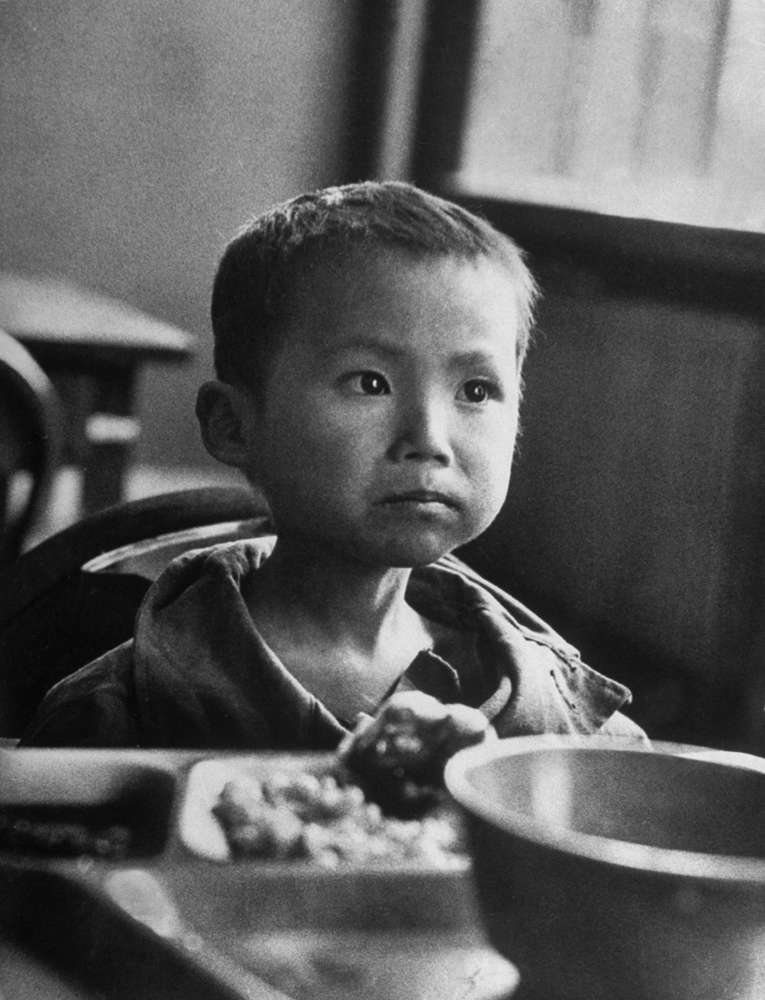
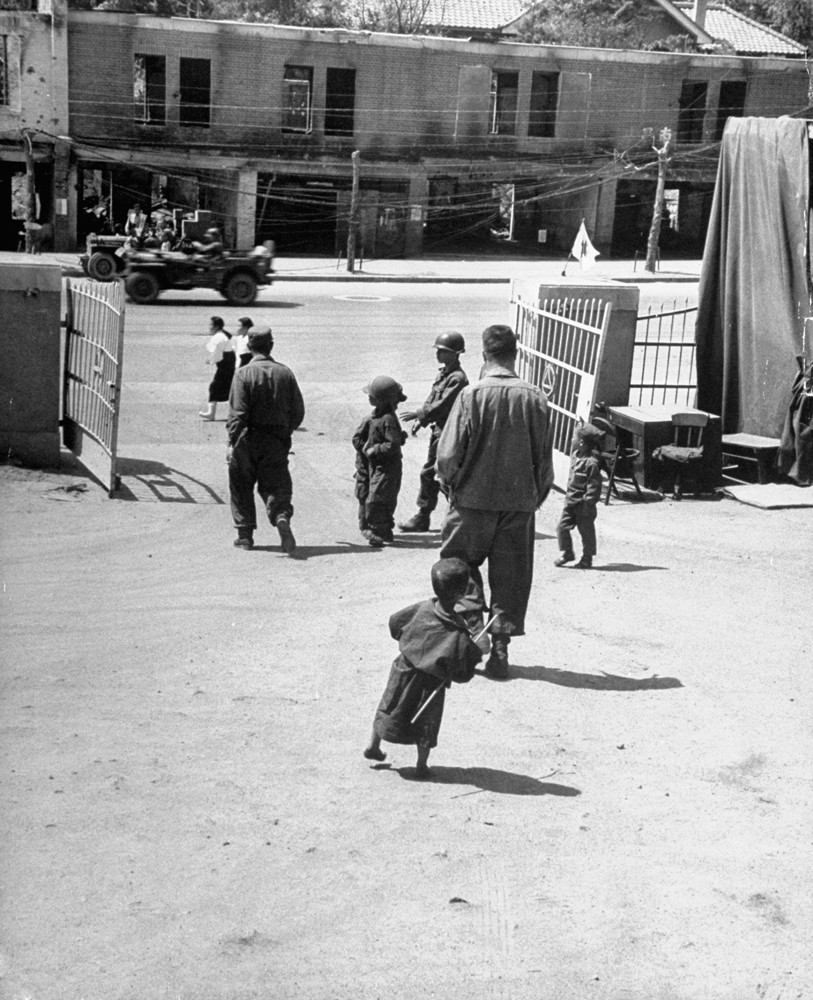
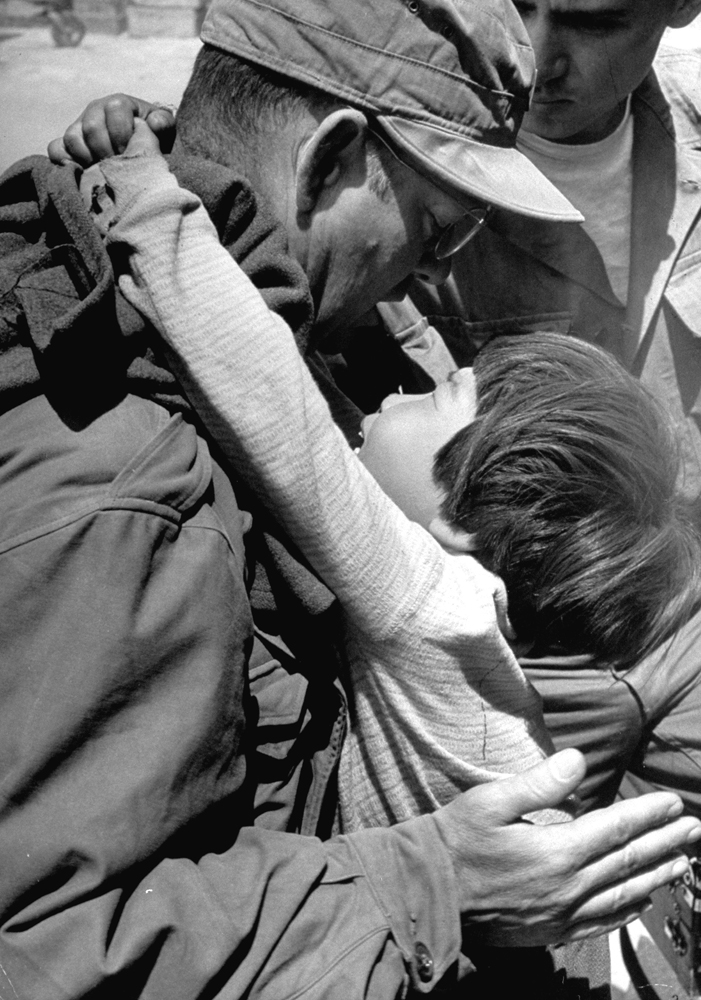
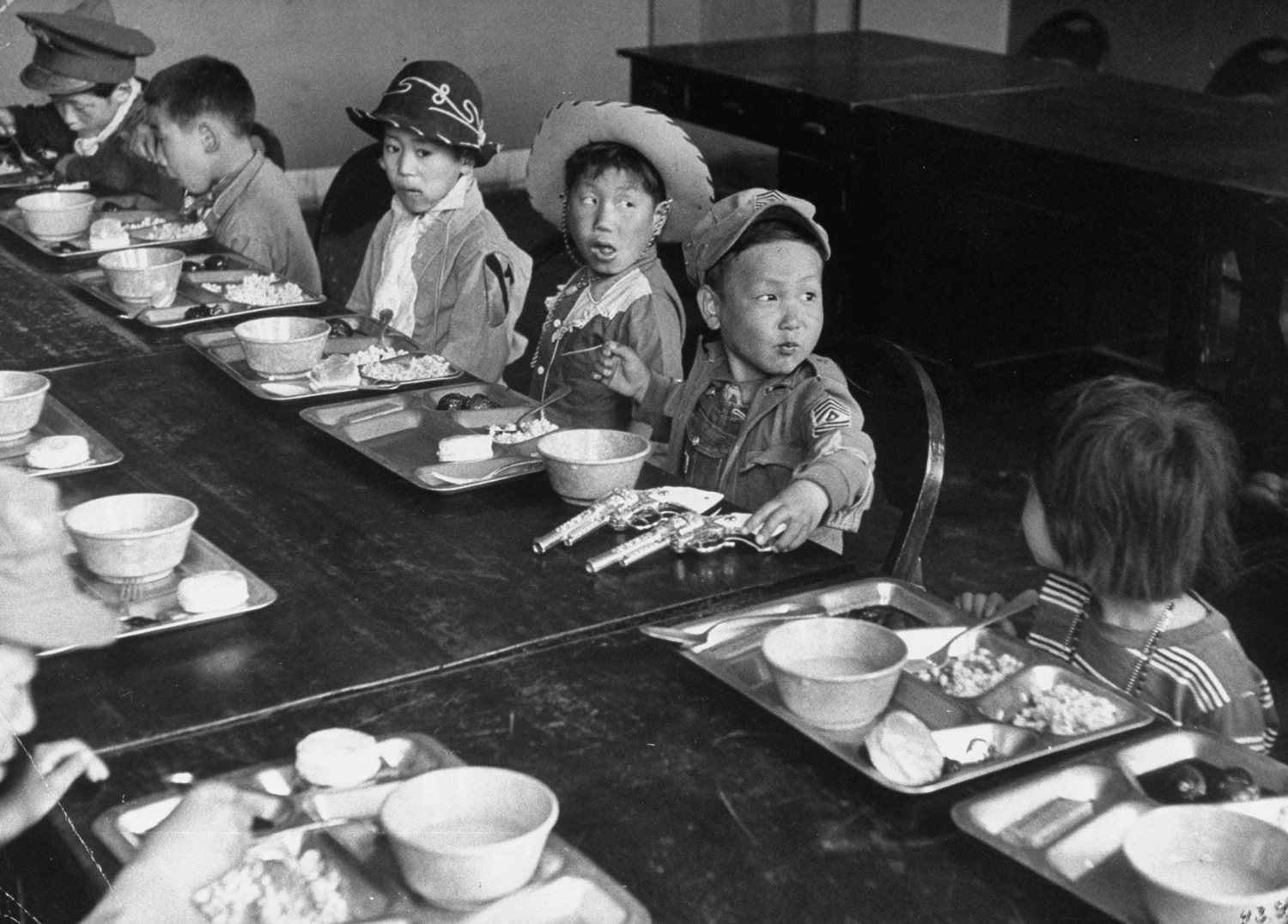
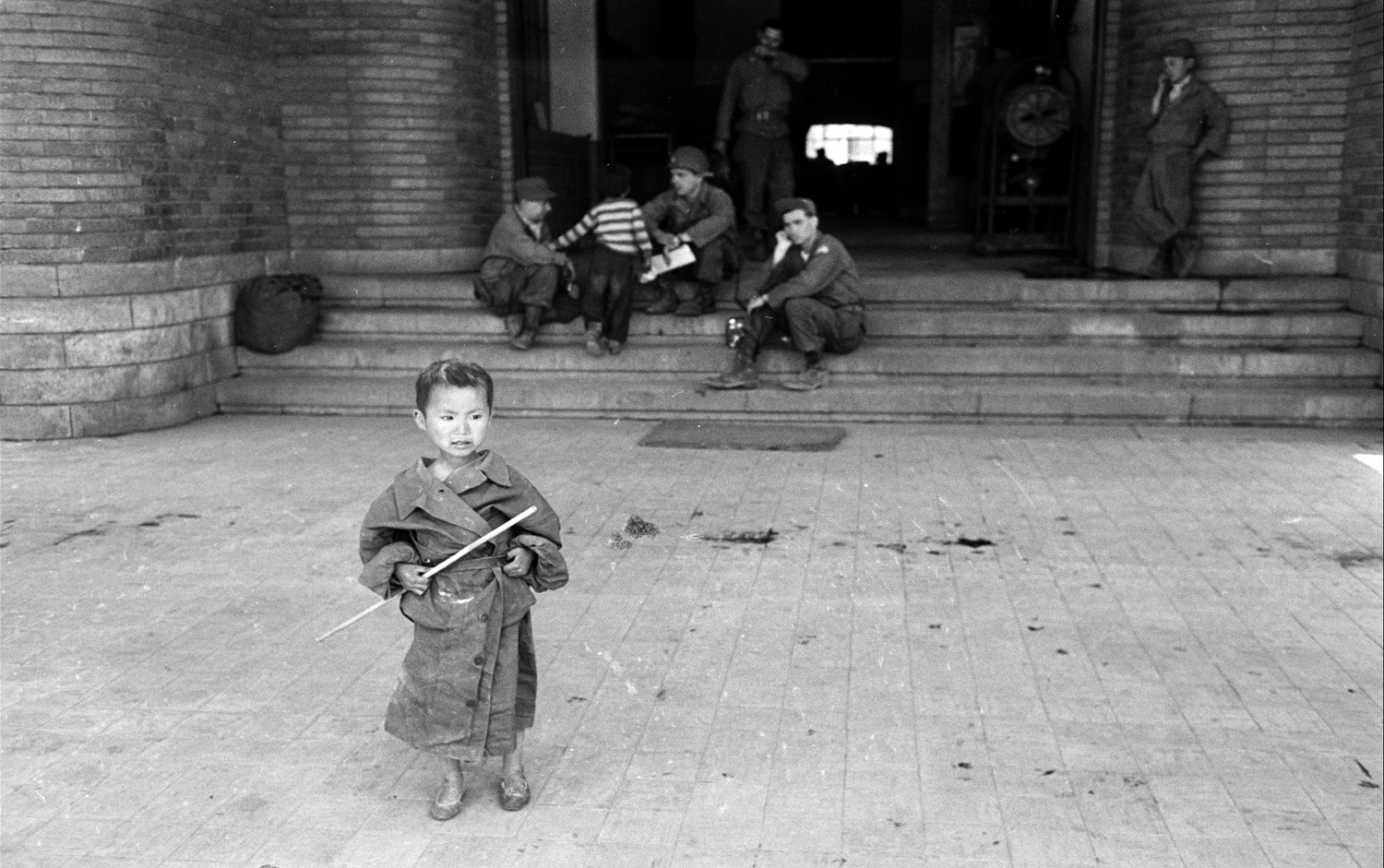
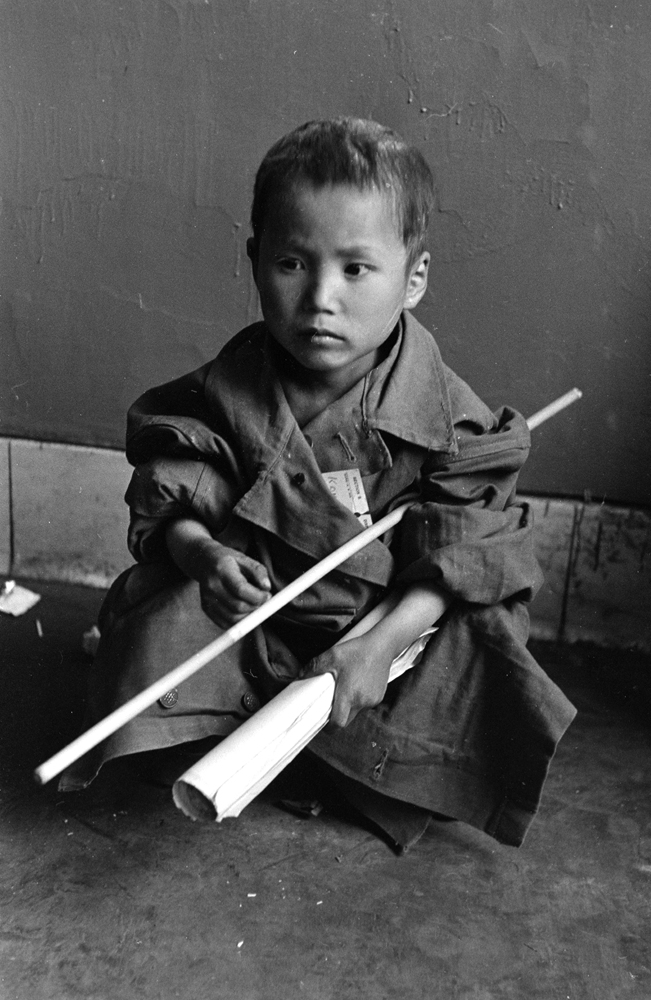
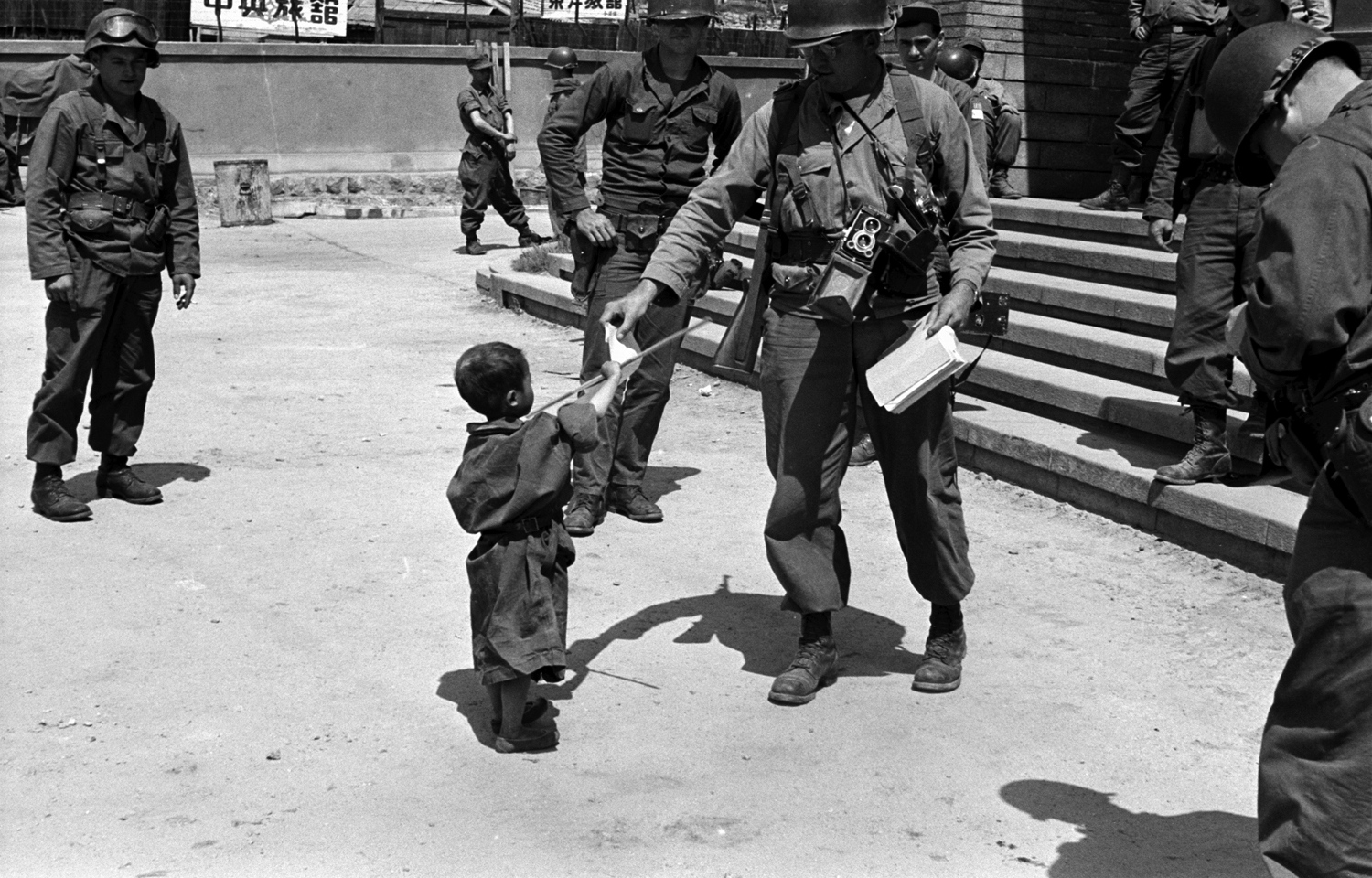





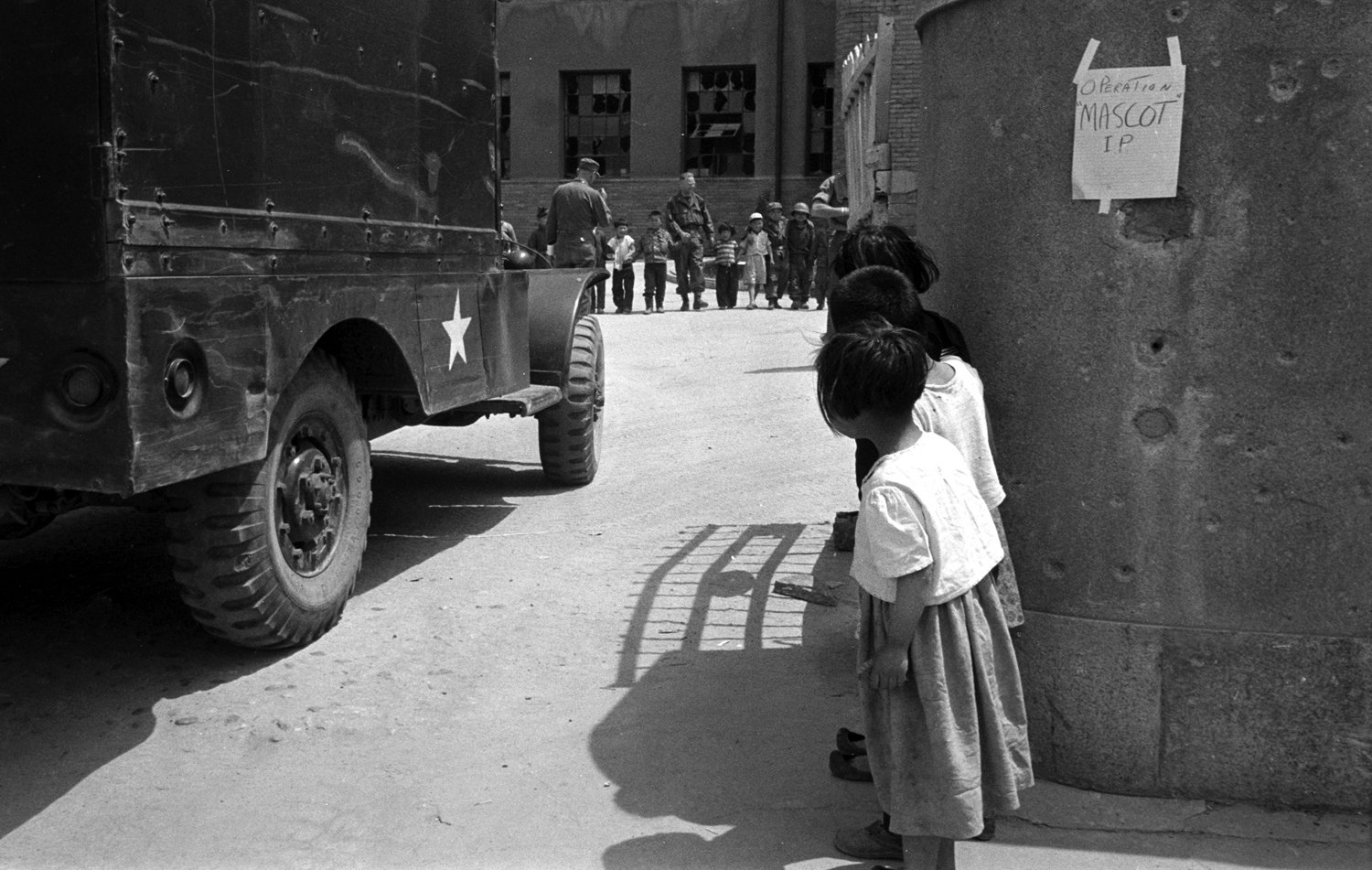
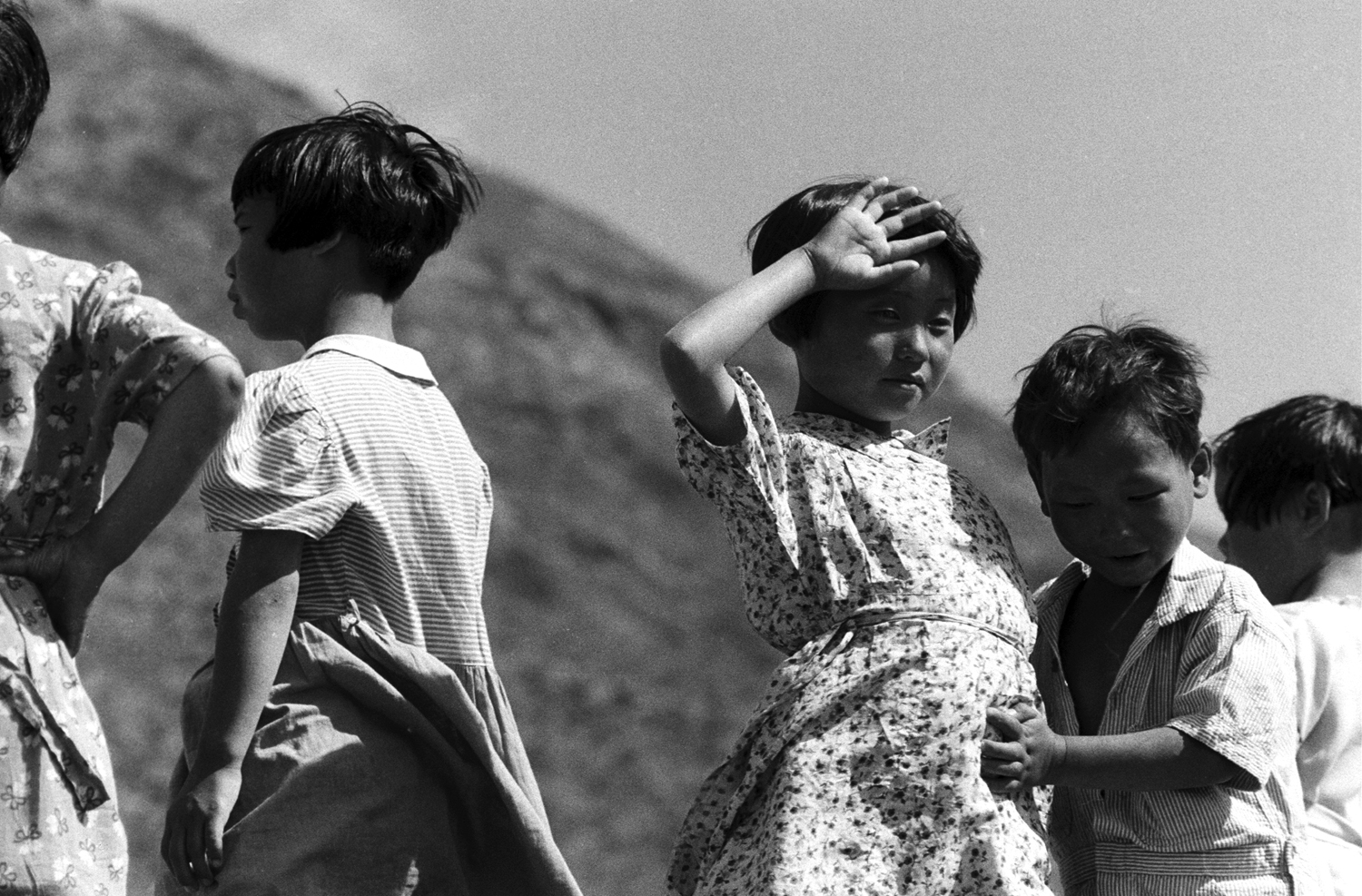
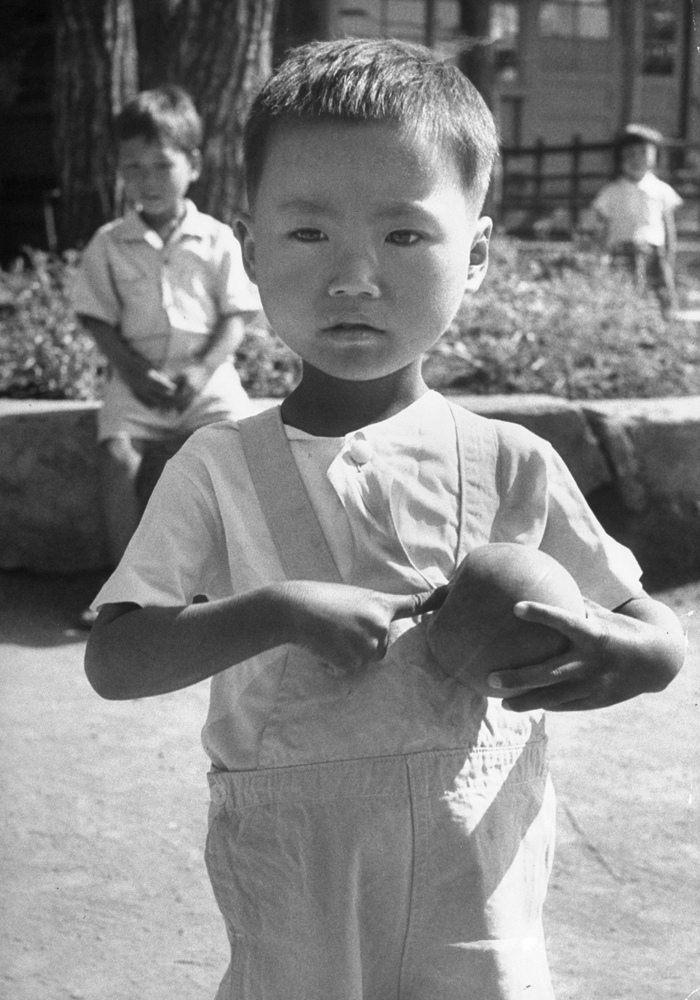
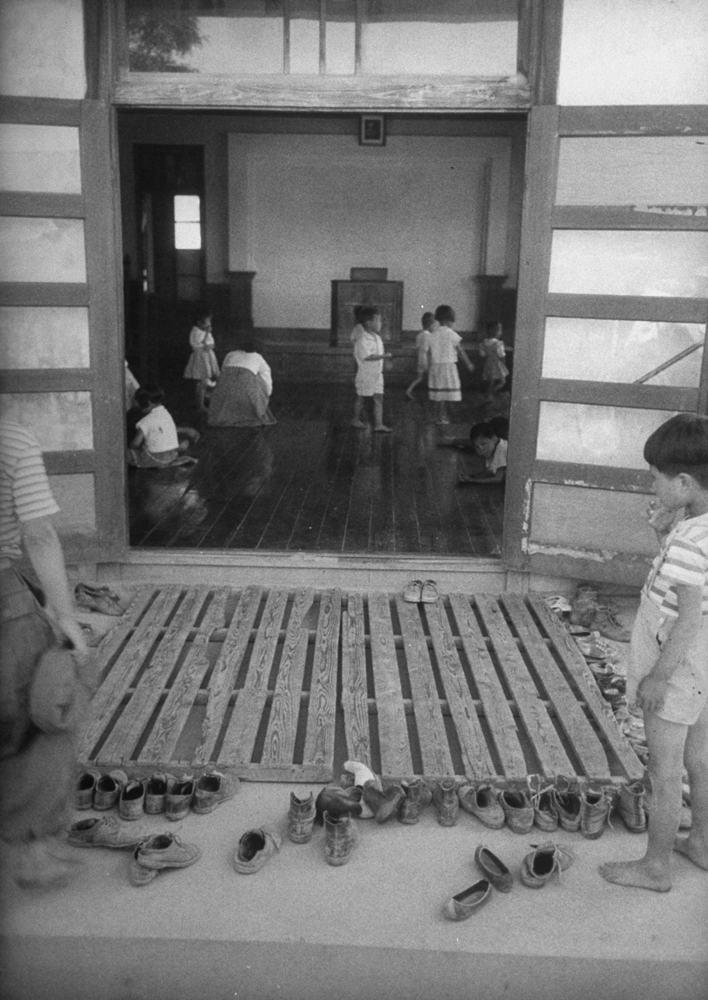
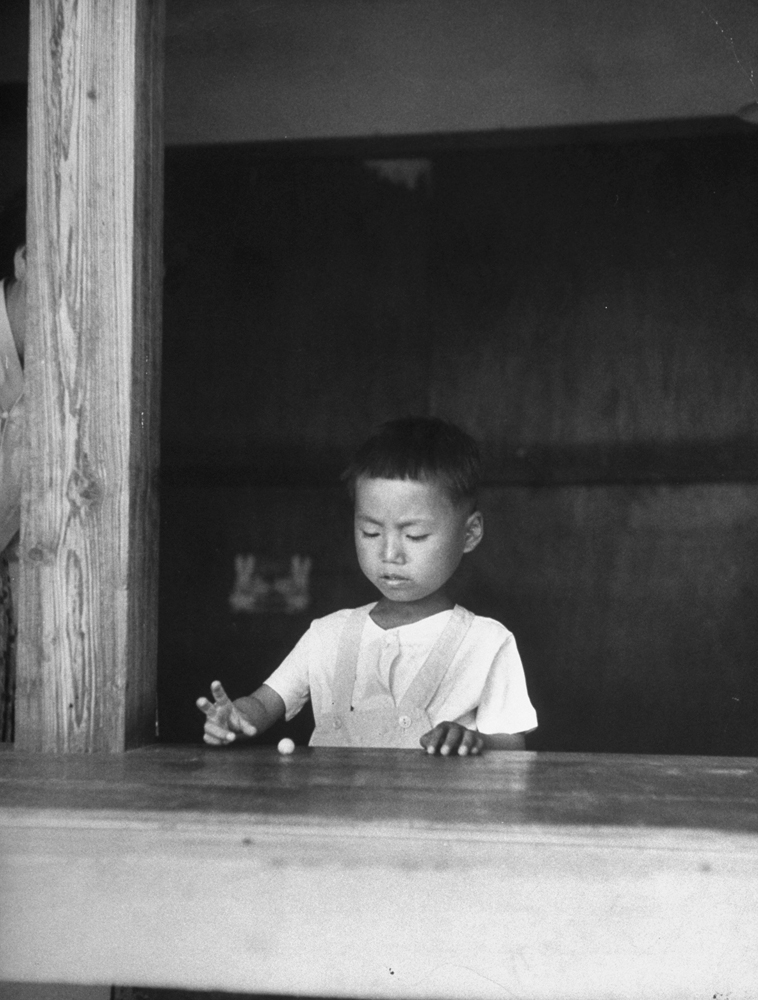
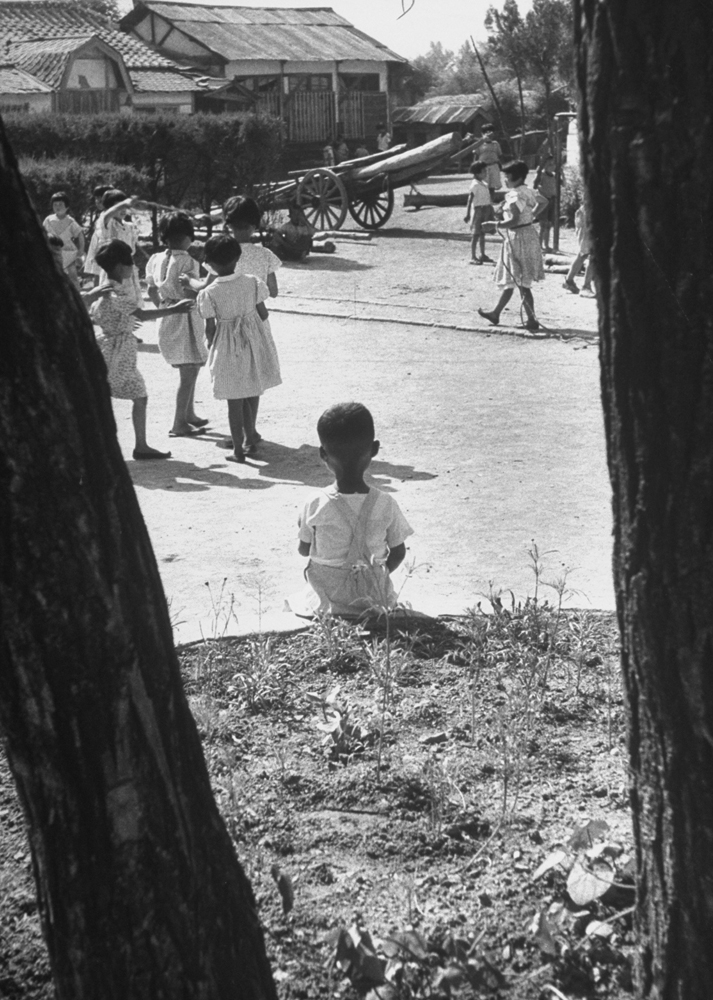

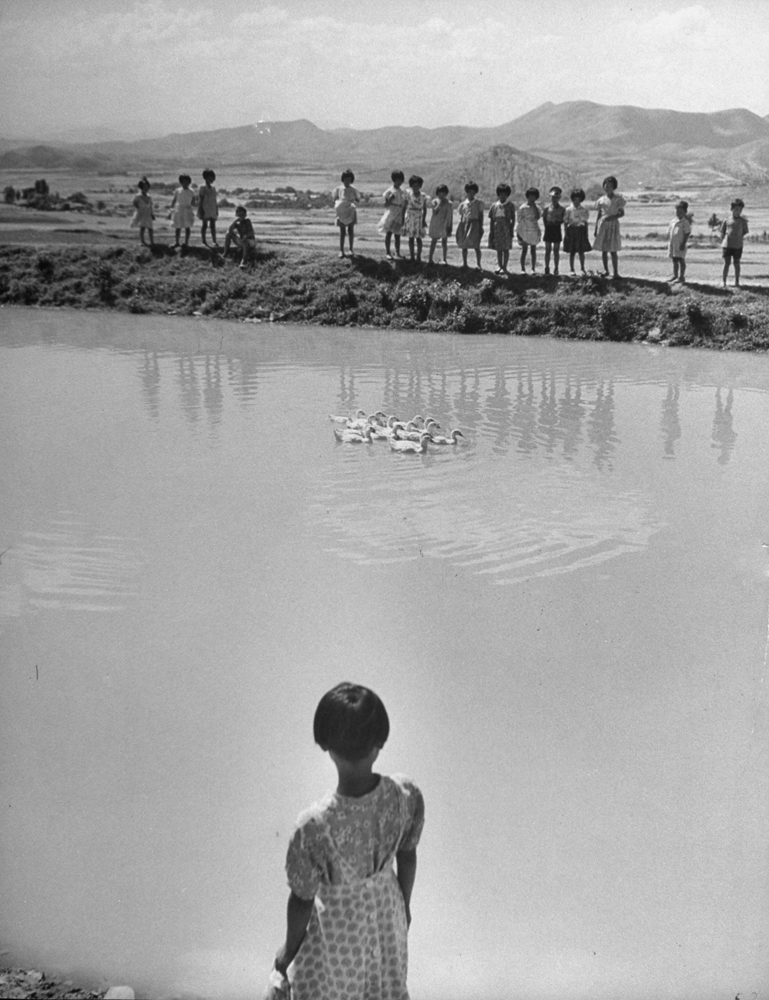
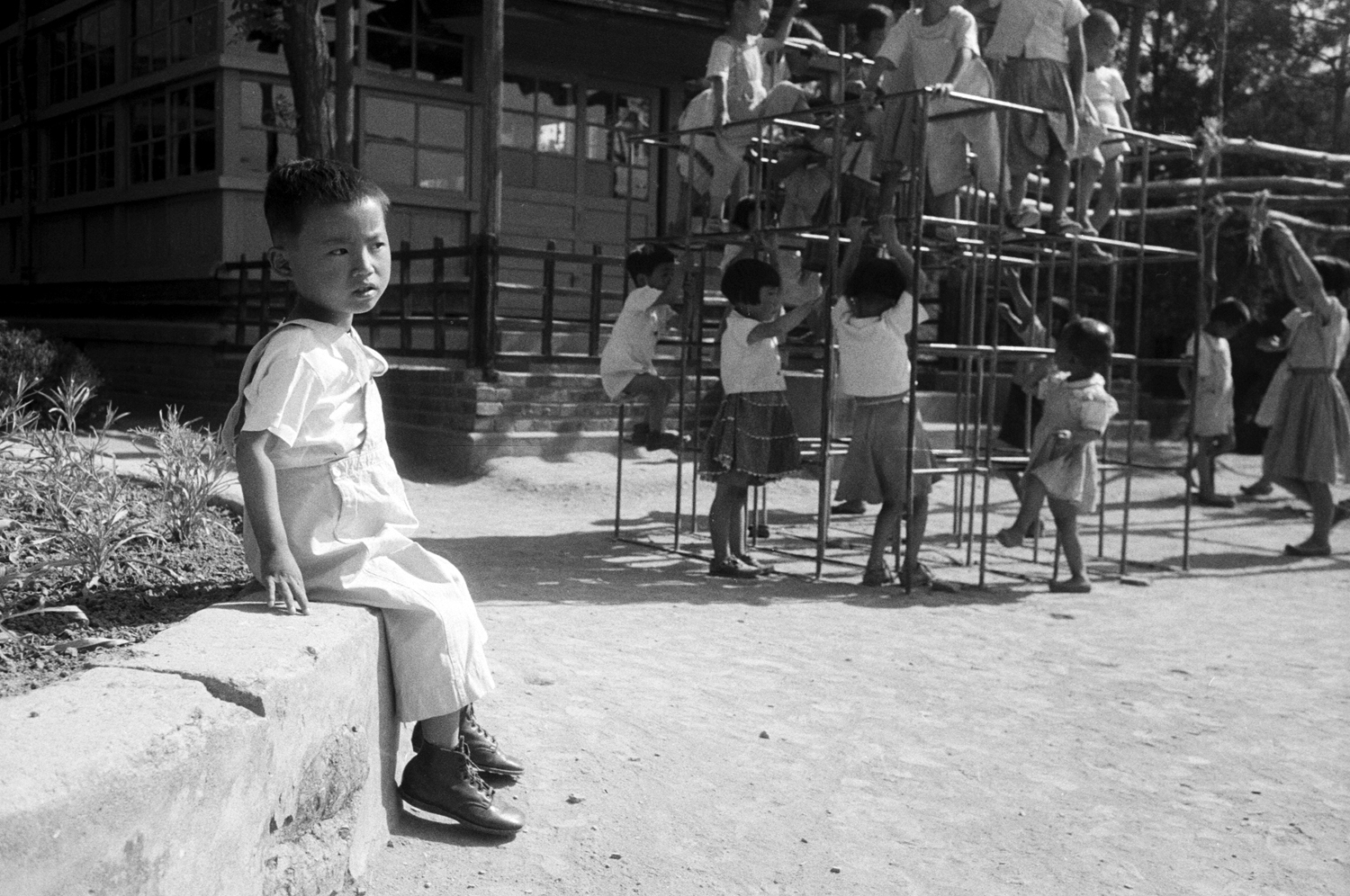
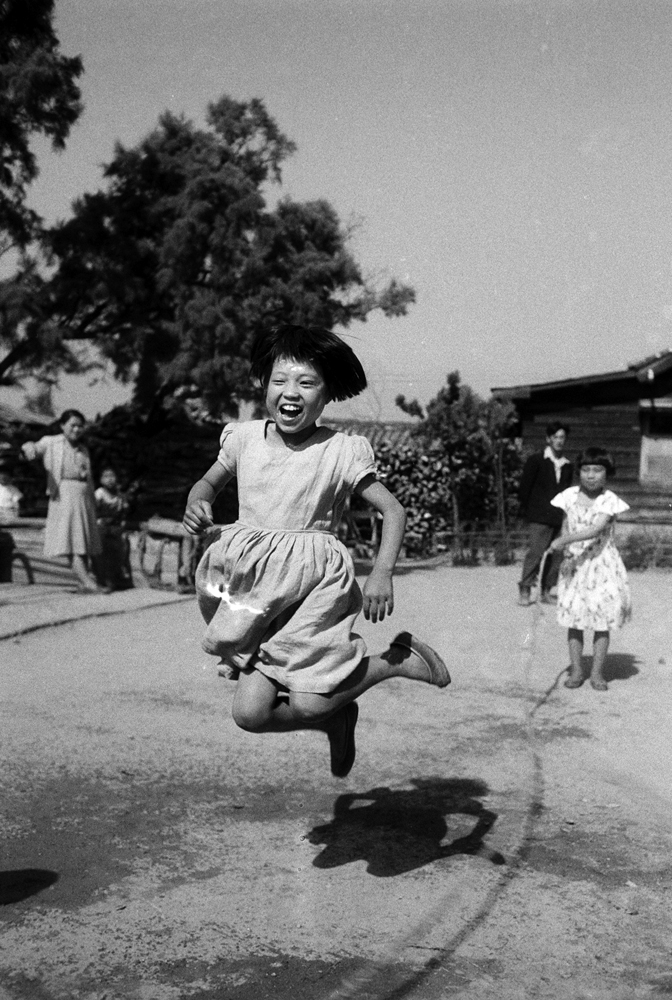

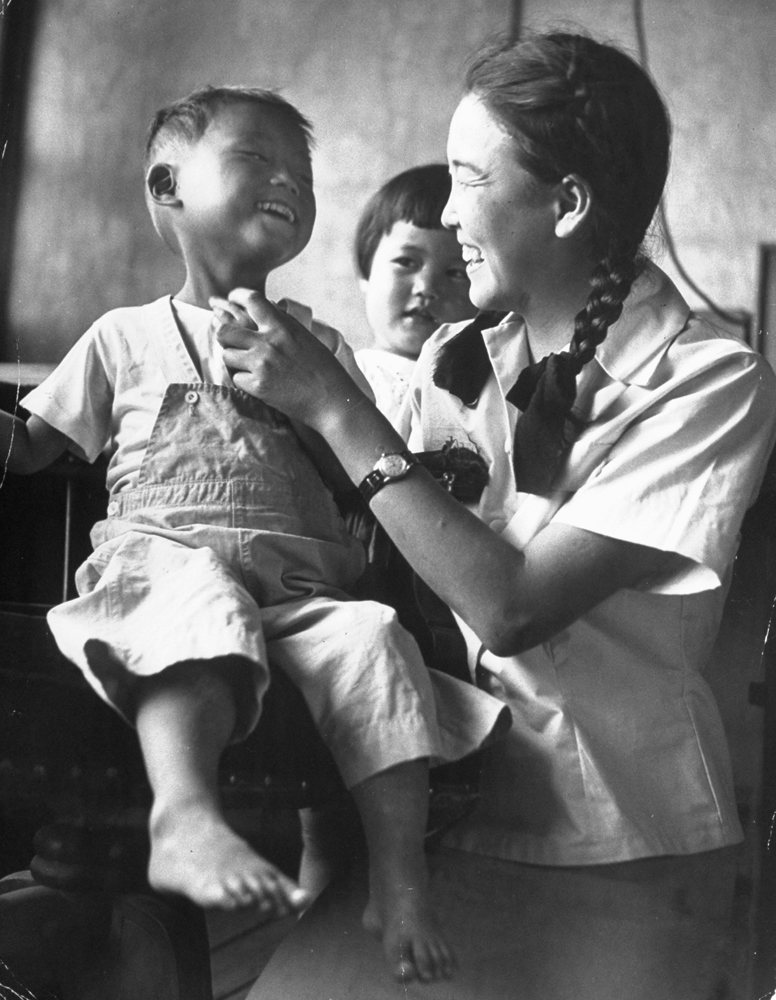
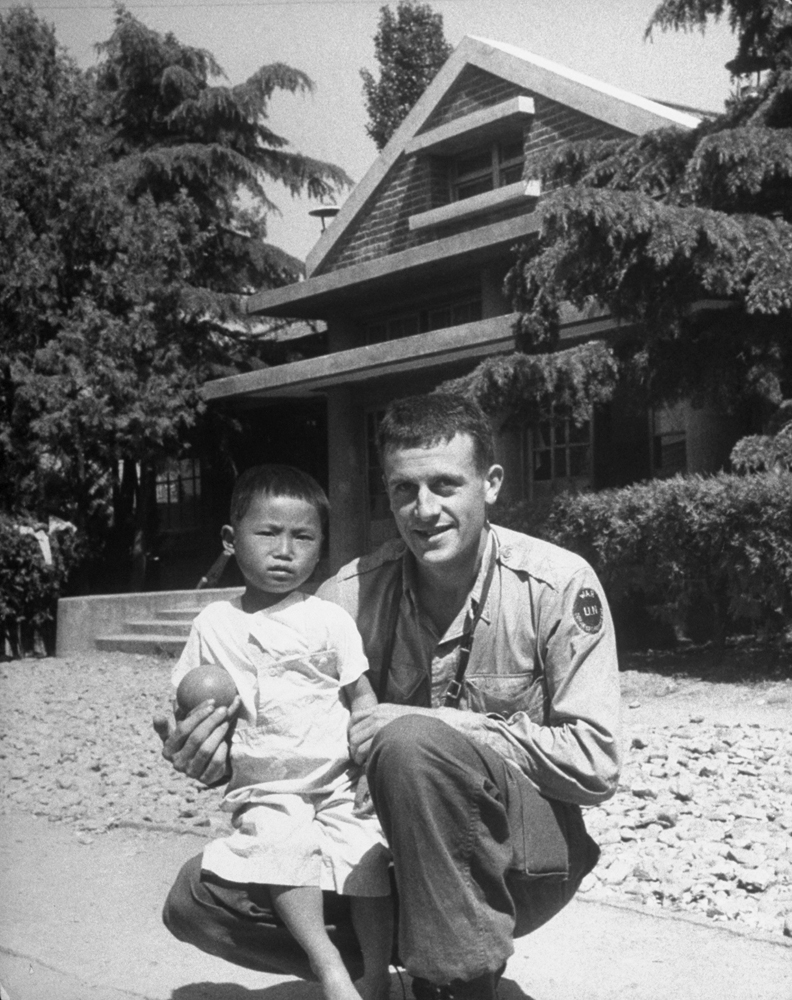

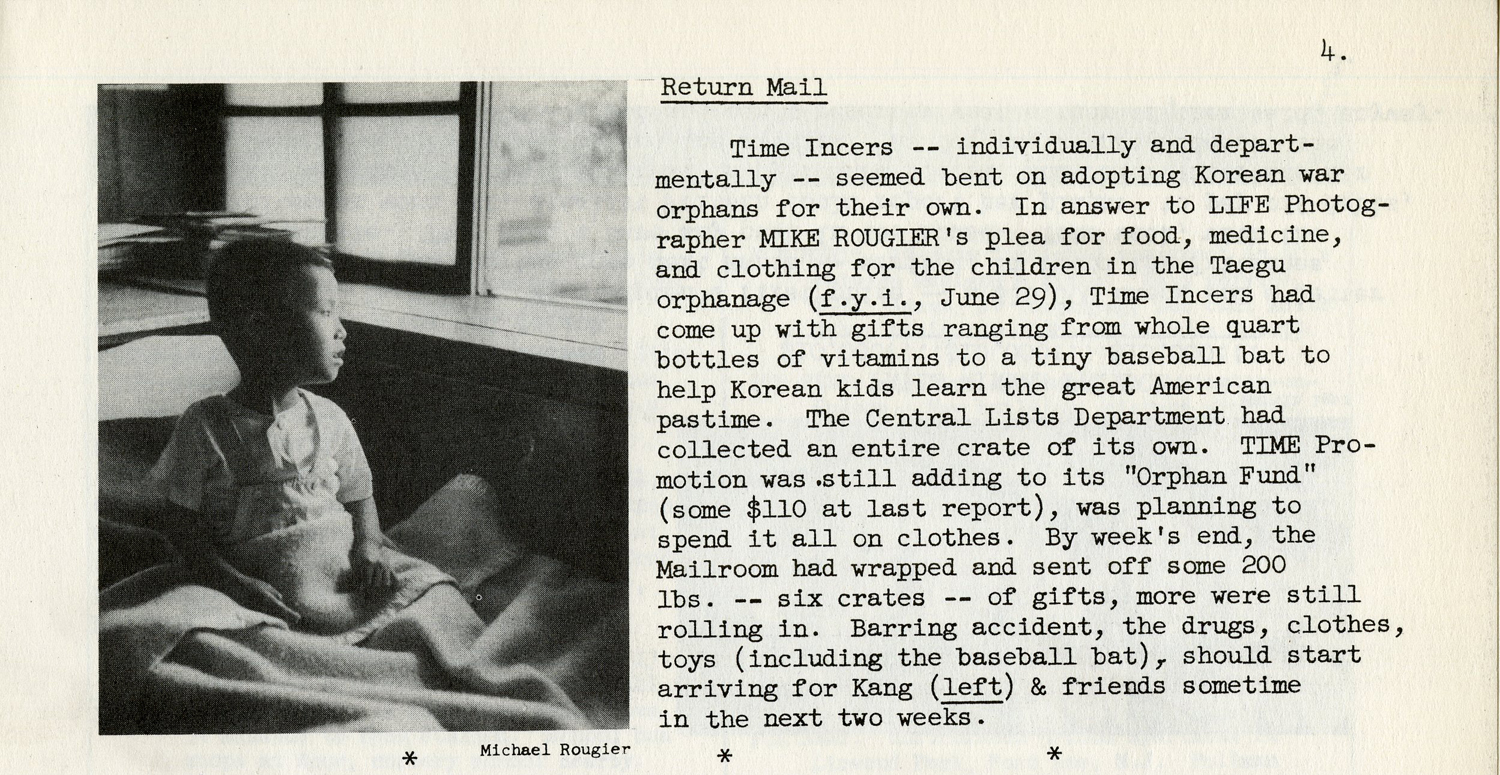
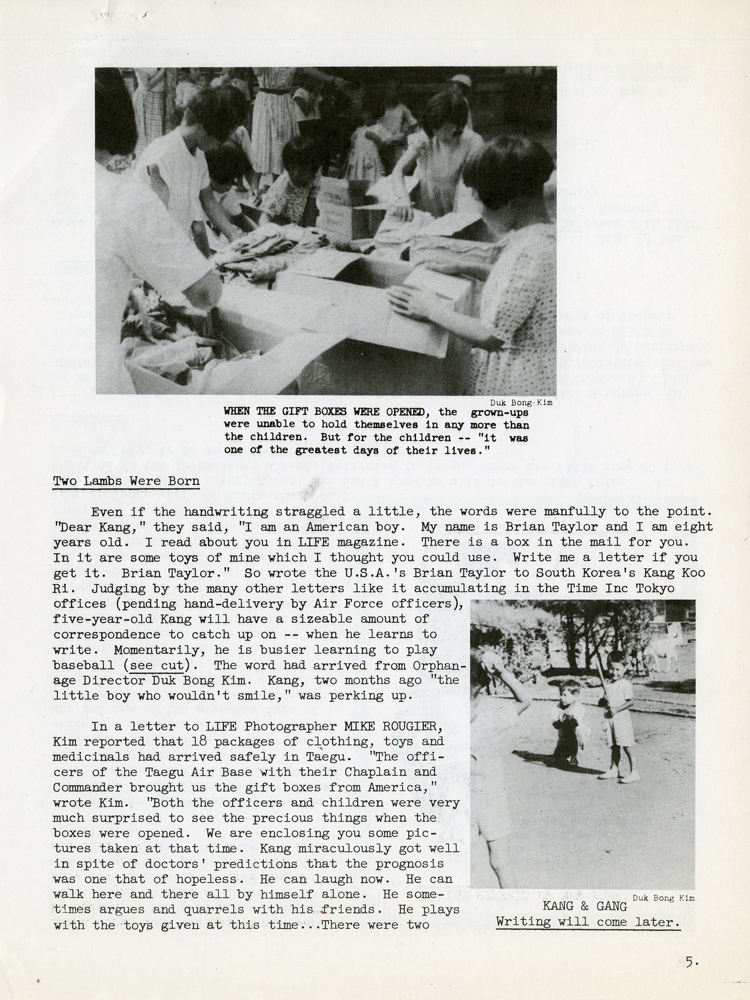

More Must-Reads from TIME
- Donald Trump Is TIME's 2024 Person of the Year
- Why We Chose Trump as Person of the Year
- Is Intermittent Fasting Good or Bad for You?
- The 100 Must-Read Books of 2024
- The 20 Best Christmas TV Episodes
- Column: If Optimism Feels Ridiculous Now, Try Hope
- The Future of Climate Action Is Trade Policy
- Merle Bombardieri Is Helping People Make the Baby Decision
Contact us at letters@time.com